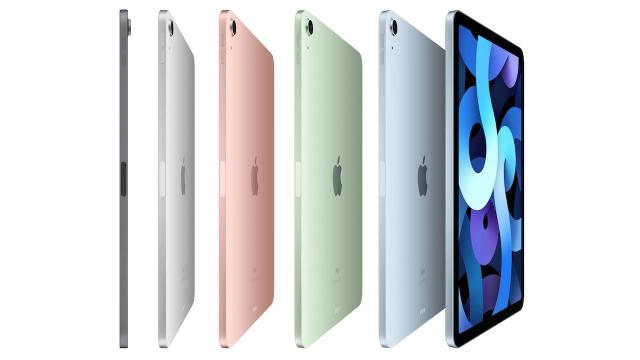Currently, there are four different Apple iPad models available, each with a variety of specs to choose from. If you’re a particularly tech-savvy individual, you probably already know which iPad is the best fit for you. But for everyone else, how do you decide which one is right for you?
Why does the iPad Pro cost so much more than the iPad Air when they look so similar? Does anyone really need an iPad mini? We’ll answer all these questions and more.
It’s important to note that all of these Apple tablets run iOS 14 out of the box, and they’ll all be upgraded to iOS 15 later this year. When it comes to what they can do on the software side, the devices are basically identical, so it’s really the hardware differences you need to know.
Design and Display
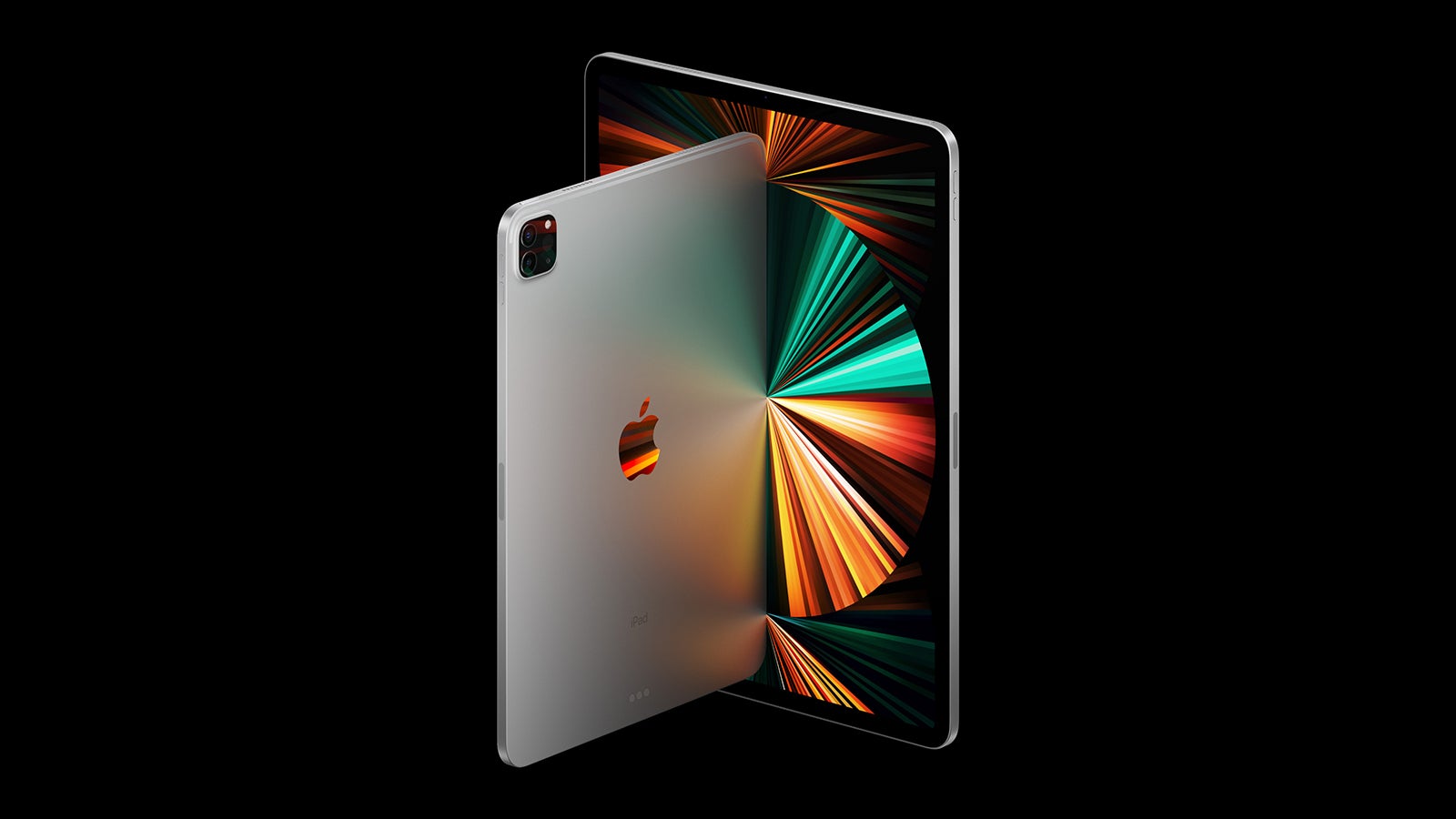
The iPad mini display measures 7.9 inches (2048 x 1536); the iPad 10.2 inches (2160 x 1620); the iPad Air 10.9 inches (2360 x 1640); and the iPad Pro either 11 inches (2388 x 1668) or 12.9 inches (2732 x 2048).
Some quick maths will tell you that every iPad offers a sharpness of 264 pixels per inch except for the iPad mini, which hits 326 ppi. From not much bigger than an iPhone 12 Pro Max to absolutely huge, you’ve got a lot of screen sizes to pick from, and of course that leads to variations in price (more on that later).
Brightness tops out at 500 nits on the iPad mini, the iPad, and the iPad Air, rising to 600 nits on the iPad Pro. The largest 12.9-inch iPad Pro also offers 1,000 nits “full-screen” brightness and 1,600 nits “peak” brightness — these are the levels it can hit thanks to the miniLED screen exclusive to this tablet. Essentially, improved backlighting technology means a brighter display, when Apple’s XDR tech is deployed (essentially Apple’s own upgrade on HDR).
ProMotion (variable refresh rates up to 120Hz) are only available on the iPad Pro, while you’ll find the True Tone feature (auto-adjusting screen temperature) and wide colour display (P3) support on all the iPads except the regular iPad.
When it comes to design, the iPad Pro and the iPad Air have done away with the home button and use Face ID, but the old fingerprint sensor is still being used on the standard iPad and the iPad mini for the time being. This gives the pricier iPads a more modern look, which may or may not matter much to you. With their thin bezels and flat edges, the iPad Air and the iPad Pro are a matching pair in terms of design.
Specs and Performance
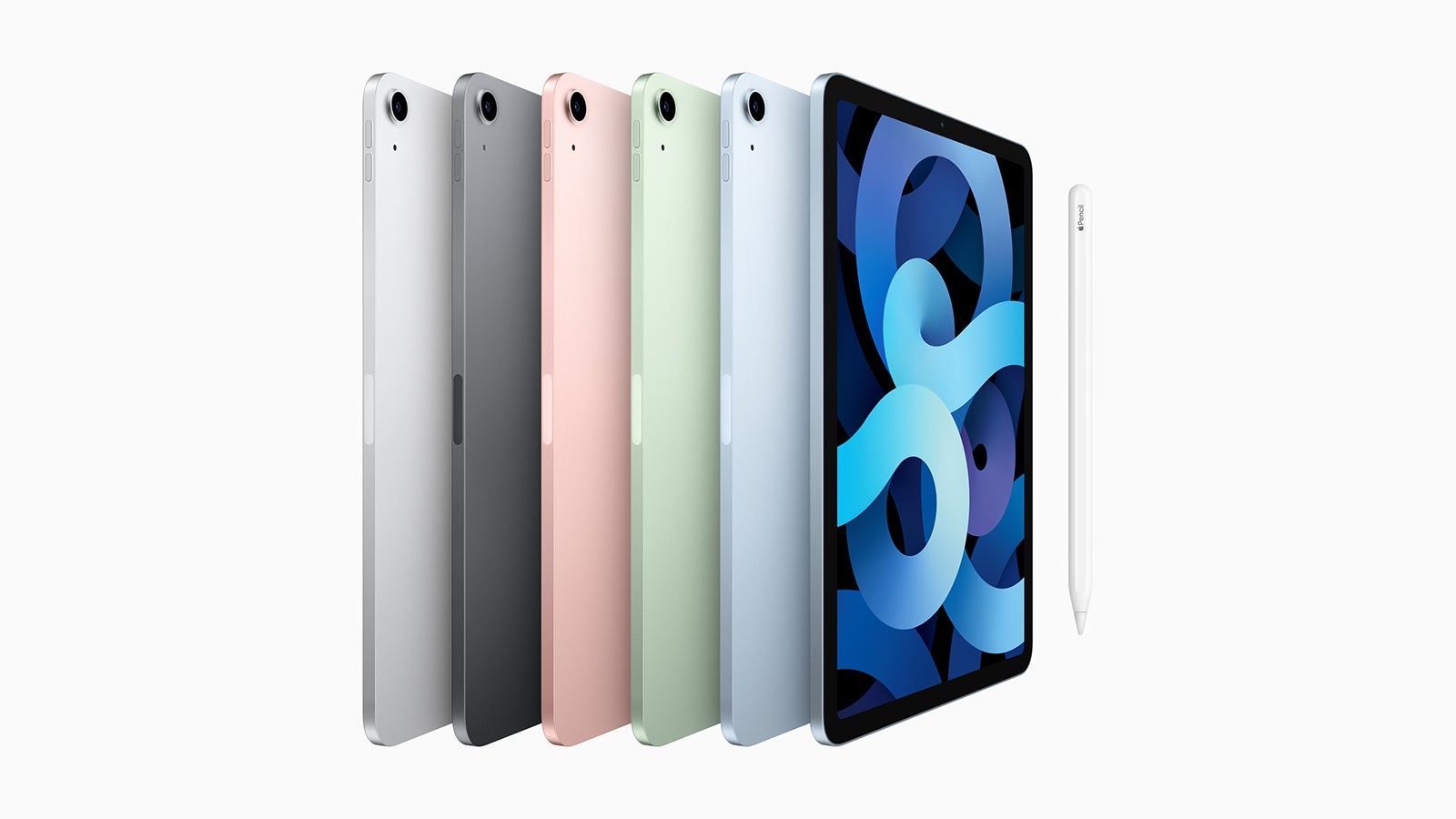
All iPads use Apple’s custom silicon. The iPad mini is powered by the A12 Bionic chip first seen in the 2018 iPhones, and you can get it with either 64GB or 256GB of internal storage. Apple doesn’t make this public, but there’s 3GB of RAM on board, and you can pick up the iPad mini with or without 4G LTE connectivity.
The standard, regular, run-of-the-mill iPad runs on the same A12 Bionic chip as the iPad mini, and here the storage options are limited to 32GB or 128GB (you almost certainly want the latter). Apple won’t tell you on its official product listing, but there’s 3GB of RAM here, too, and again you have the usual option of adding 4G LTE to the standard wifi connectivity for a premium.
The iPad Air runs on Apple’s A14 Bionic chip — it actually made its debut in this tablet before also being used in the iPhone 12 handsets, and Apple says it’s up to 40% faster than the A12 Bionic. Your storage options are 64GB and 256GB, and there’s 4GB of RAM on board. If you need more than wifi connectivity, 4G LTE models are also available.
The 11-inch iPad Pro runs on the M1 chip that’s also under the hood of the new iMac, new MacBook Air, and new MacBook Pro, and Apple says it’s up to 50% faster than the A12Z Bionic chip (a slightly improved version of the A12). The storage options are 128GB, 256GB, 512GB, 1TB, or 2TB, and the tablet comes with either 16GB of RAM (for the 1TB or 2TB storage options) or 8GB of RAM (for the other storage options). You can go for a model with just wifi, or upgrade to wifi and 5G.
Lastly, the 12.9-inch iPad Pro matches all the specs of the 11-inch iPad Pro, from the M1 chip to the storage options to the extra 5G connectivity you can add on if you want to. Even the RAM configurations are the same: 8GB if you buy a tablet with 128GB, 256GB or 512GB of internal storage, or 16GB if you go for the 1TB or 2TB storage options (Apple actually does explicitly state the RAM options for the iPad Pro models).
Cameras, Colours, and Extra Features
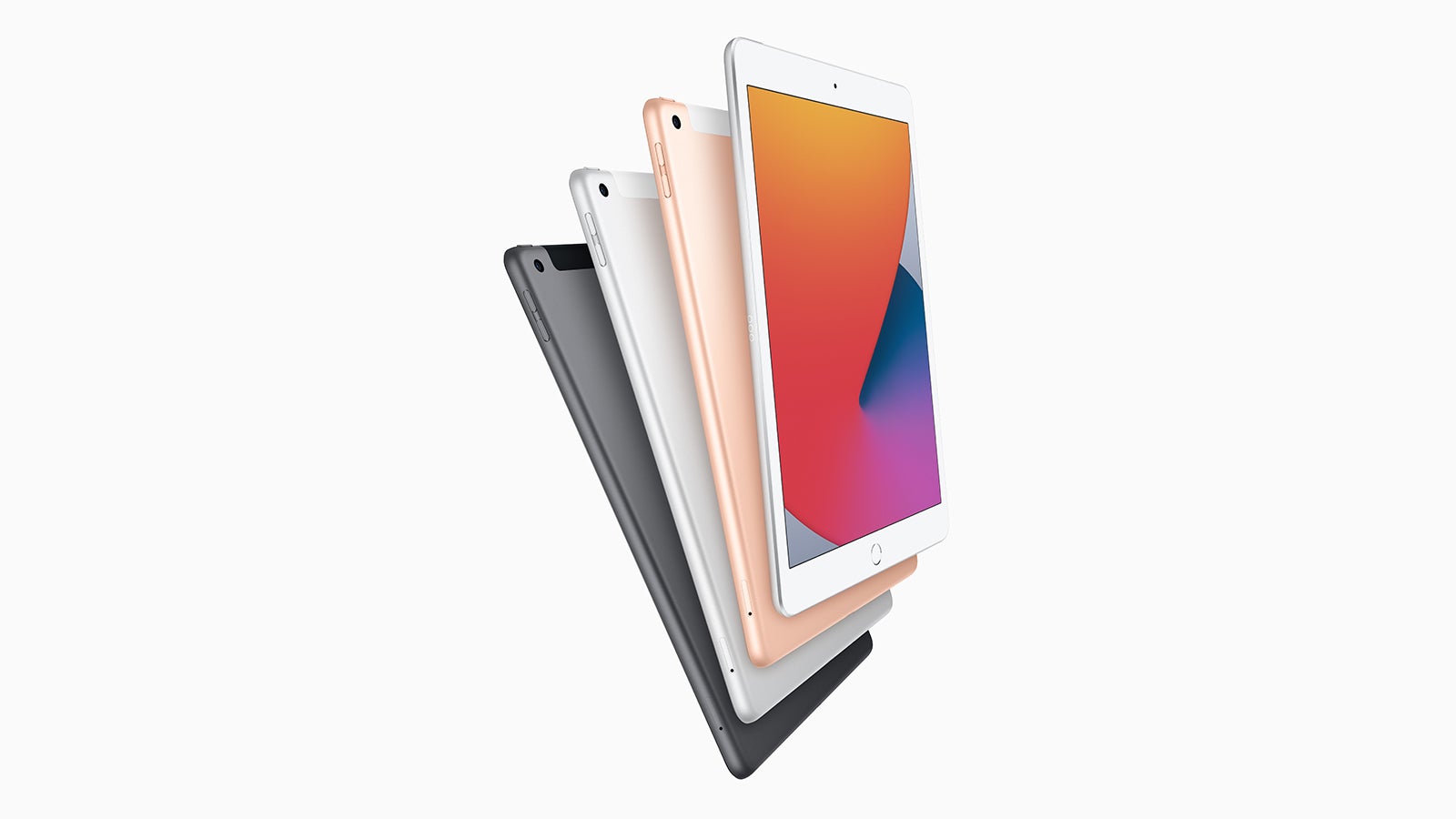
Cameras aren’t always a top priority on tablets, but we’ll mention them anyway: The iPad mini and the iPad have an 8-MP f/2.4 rear camera capable of 1080p video recording at 30 frames per second; the iPad Air has a 12-MP f/1.8 rear camera capable of 4K video recording at 60 fps, and the iPad Pro comes with a dual-lens (12-MP and 10-MP) rear camera with 2x optical zoom and an ultra-wide mode, able to record video at up to 4K 60 fps. The iPad Pro camera also comes with a LiDAR sensor for better depth detection and augmented reality performance.
In front, the iPad Pro has a new ultra-wide-angle lens that supports the new Centre Stage feature for video-conferencing apps like FaceTime and Zoom. It uses the ultra-wide and optical zoom capabilities of the front-facing lens to make sure that the person or people on the call are always centered in the frame.
Apple Pencil support is another feature to consider. The iPad Pro and the iPad Air can use the superior second-gen stylus, while the iPad and the iPad mini are stuck using the rather more awkward first-gen model. The more expensive Magic Keyboard and Smart Keyboard Folio cases that Apple makes are also exclusively for the iPad Pro and the iPad Air.
The iPad mini and the iPad stick with a Lightning connector, while the iPad Air goes for USB-C, and the iPad Pro offers USB-C with Thunderbolt 4 support. For battery life, Apple quotes the same duration for all of its tablets: up to 10 hours of surfing the web or watching video on wifi, and up to nine hours of surfing the web on a cellular connection. It’s also worth mentioning that the iPad Pro models have four speakers, while the others make do with two.
Then there are the colours, which might also have an impact on your purchasing decision. Your options are silver, space grey and gold for the iPad mini; silver, space grey, rose gold, green, and sky blue for the iPad Air; and silver and space grey for the iPad Pro, a tablet that’s far too powerful and serious to worry about anything trivial like extra colours.
Prices and Verdict
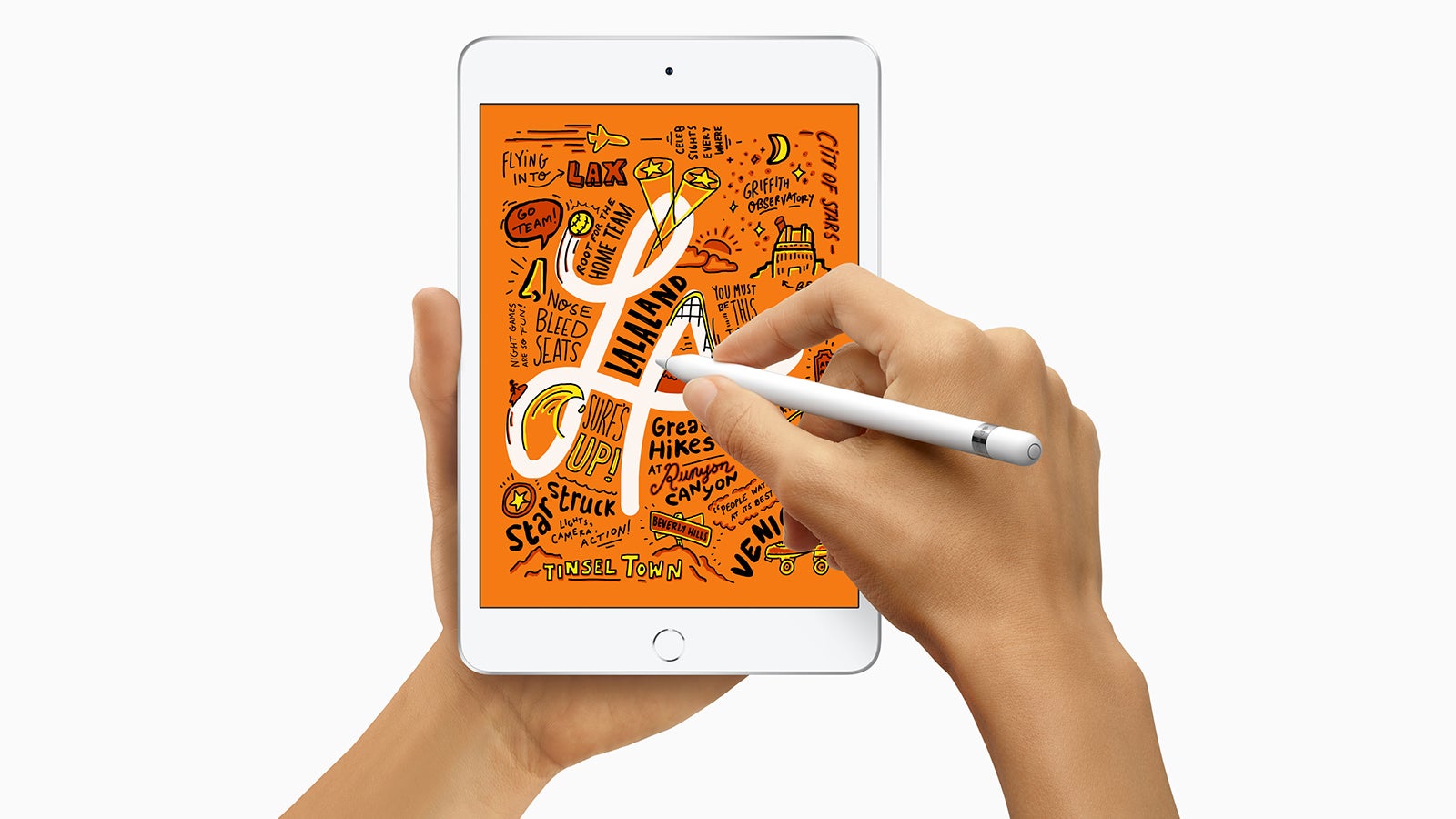
Despite all of the specs and features we’ve mentioned, price might well be the biggest factor when it comes to deciding which iPad you want to buy. The iPad mini starts at $599; the iPad starts at $499; the iPad Air $899; the 11-inch Pro $1,199, and the 12.9-inch Pro starts at $1,649. Those prices can jump quickly as you upgrade specs: the top-of-the-line 12.9-inch iPad Pro with 5G and 2TB of storage retails for a cool $3,299.
There are some big jumps there, but hopefully now you can see the reasons behind them. The 10.9-inch iPad Air looks a lot like the 11-inch iPad Pro, but the extra $300 gets you Thunderbolt 4 support, the option of 5G connectivity, a better camera setup, and that M1 processor upgrade as well. If you go up to the 12.9-inch iPad Pro, there are even more goodies, including that miniLED display.
At this stage the only real reason to buy the iPad mini is because of that compact size — it hasn’t been updated since 2019 when (first-gen) Apple Pencil support was added, and that refresh was something of a surprise. The regular iPad is a bit more of an appealing proposition, thanks to that low, low price, though it’s worth noting that you only get 32GB of storage for the starting price.
The iPad Air is a bridge between the cheaper iPads and the more expensive models. You get support for the newer Apple Pencil and the smarter keyboards, you get the more modern design, you get USB-C connectivity, and more. At the same time, you save a bit of money on the screen and the cameras.
The iPad Pro is the full-fat, premium iPad experience with a price tag to match, and they’ve just been updated with the M1 chip. You get extra power, better audio, 5G, and more. The screen is the crucial difference between the two iPad Pro models, but be aware that it’s not just the size that’s different — the miniLED does make a difference, as we noted in our review.
